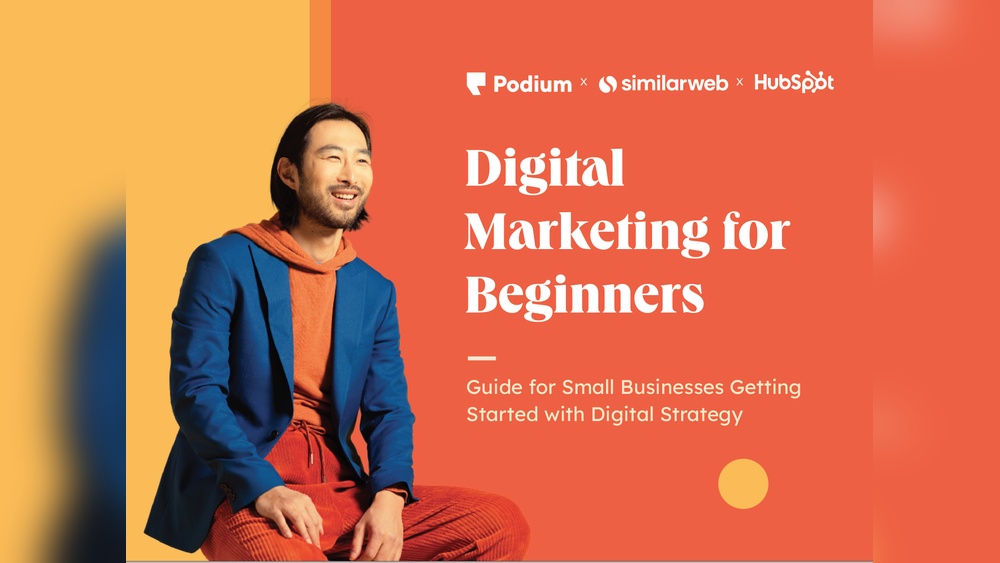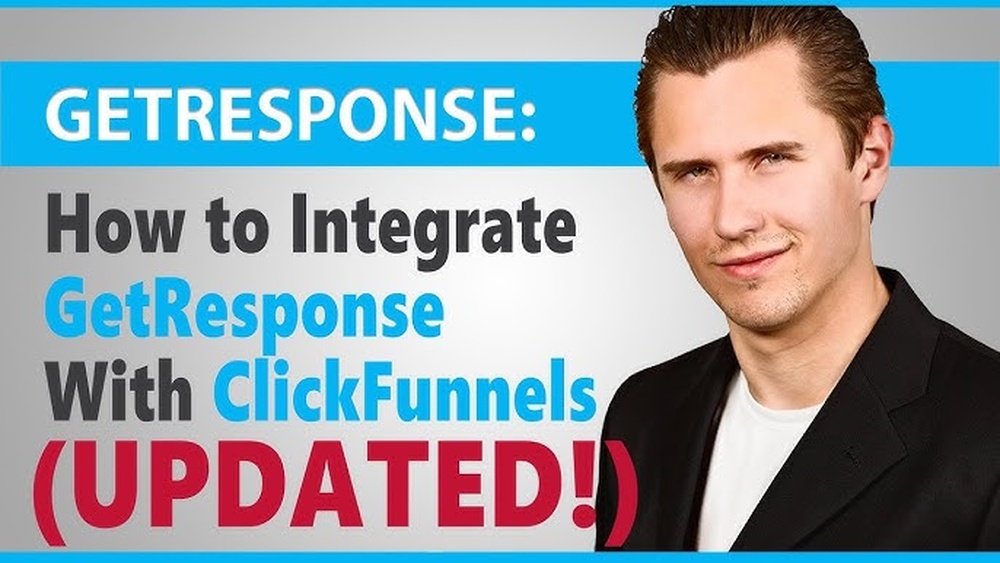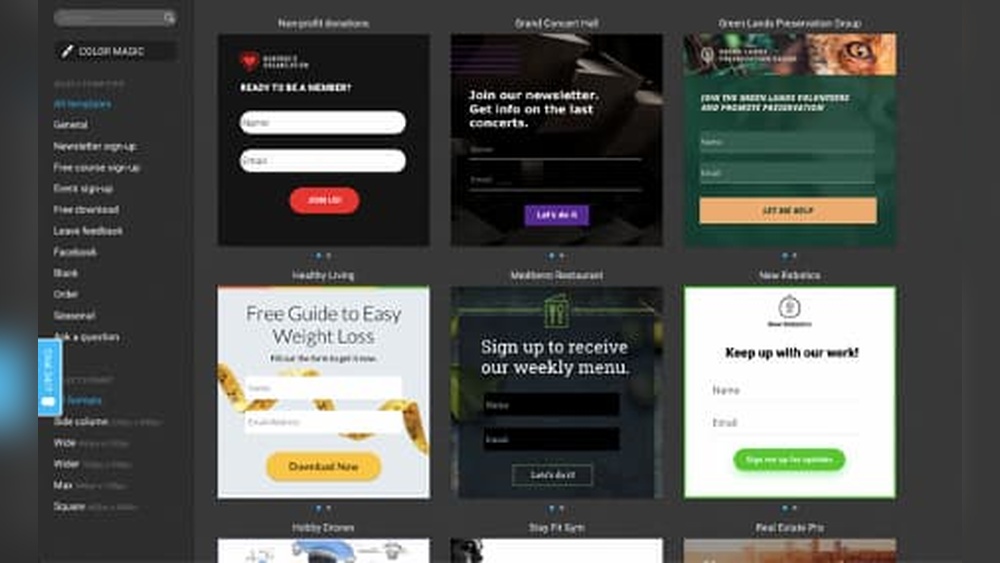Imagine reaching your audience directly, whenever you need to, with just a few clicks. Email marketing offers you this power, making it one of the most effective tools in your digital marketing arsenal.
But are you using it to its full potential? If you’re looking to boost engagement, increase sales, and build lasting relationships with your customers, you’ve come to the right place. In this guide, you’ll discover how to craft compelling emails that not only capture attention but also drive action.
Ready to transform your marketing strategy and achieve your business goals? Let’s dive in and unlock the secrets of successful email marketing.

Credit: www.deskera.com
Benefits Of Email Marketing
Email marketing offers many benefits for businesses. It’s a powerful tool for reaching customers. Emails are direct, personal, and can be customized. They allow businesses to target specific groups of people. This helps improve engagement and boosts sales.
1. Cost-effective Marketing
Email marketing is budget-friendly. It doesn’t require a large investment. Businesses can reach thousands without spending much. This makes it ideal for small businesses. No need for costly ads or promotions.
2. Wide Audience Reach
Emails can reach a global audience. You can connect with people anywhere. This expands your market. Businesses can grow beyond local boundaries. It’s easier to share news and updates with everyone.
3. Personalization Possibilities
Emails can be tailored to each recipient. You can address them by name. Provide content that interests them. This personal touch increases engagement. It makes recipients feel valued and understood.
4. High Return On Investment (roi)
Email marketing often leads to high returns. It’s effective in converting leads to customers. The cost is low, but the impact is high. Businesses see significant growth without large expenses.
5. Easy Performance Tracking
Tracking email performance is simple. You can measure open rates and click-through rates. This data helps improve strategies. Adjust tactics based on what works. It leads to better results over time.
6. Building Strong Customer Relationships
Emails foster strong connections with customers. Regular updates keep them informed. Exclusive offers make them feel special. This builds trust and loyalty. Engaged customers are more likely to return.
Building Your Email List
Boosting your email list helps reach more customers. Send newsletters and special offers to keep them interested. Share useful tips and updates to build strong connections with your audience.
Building a robust email list is the cornerstone of effective email marketing. This list is not just a collection of emails. It’s a group of individuals who have shown interest in your brand. A well-curated list can boost engagement and drive sales. But how do you build this list effectively? Let’s explore some strategies.Opt-in Strategies
Offer clear value for signing up. Use simple sign-up forms on your website. Pop-ups can be effective but don’t overdo them. Make sure the opt-in process is straightforward. Nobody likes a complicated sign-up process. Tell subscribers what they can expect. Weekly newsletters? Special offers? Be transparent.Lead Magnets
Lead magnets entice people to join your list. They offer value in exchange for an email. Common examples include eBooks or discount codes. Ensure your lead magnet is relevant to your audience. This relevance increases the likelihood of conversions. Keep it simple and valuable.Segmentation Importance
Segmentation is dividing your list into smaller groups. It allows for targeted messaging. Not all subscribers are the same. Some may be new. Others are loyal customers. Tailor your emails to suit different segments. This approach leads to higher engagement and better results.Crafting Effective Email Content
Creating engaging email content boosts marketing effectiveness. Short, clear messages grab attention quickly. Use simple language and compelling visuals to maintain reader interest and encourage action.
Crafting effective email content is crucial for successful marketing. The right content grabs attention and encourages interaction. It builds relationships with your audience. This section explores personalization, subject lines, and content types. Each element plays a vital role in email engagement.Personalization Techniques
Personalization goes beyond just using a name. Tailor content to fit individual preferences. Segment your audience based on behavior or interests. Use data to create relevant messages. Personalization increases engagement and reduces unsubscribes.Compelling Subject Lines
Subject lines are your first impression. Keep them short and clear. Use action words to inspire curiosity. Avoid clickbait; maintain trust. Test different styles to see what works best. A compelling subject line boosts open rates.Content Types
Email content varies greatly. Newsletters keep subscribers informed. Promotional emails highlight offers. Educational content provides value and insights. Use visuals to enhance understanding. Mix different types for varied engagement. Keep content concise and to the point.Designing Engaging Emails
Designing engaging emails is crucial for successful marketing campaigns. Emails that captivate the audience can lead to higher conversions. This requires careful attention to design elements. The goal is to create emails that are visually appealing, responsive, and encourage action.
Visual Appeal
The look of your email sets the first impression. Use clean layouts and vibrant colors. Images should be relevant and high-quality. Avoid clutter and keep the design simple. Fonts should be readable and consistent. Ensure your brand identity is clear throughout the email.
Responsive Design
Emails must display correctly on all devices. A responsive design adapts to different screen sizes. Test emails on smartphones, tablets, and desktops. Use a mobile-friendly format with larger buttons. Ensure that text is readable without zooming.
Call-to-action Best Practices
Clear calls-to-action (CTAs) encourage engagement. Use action verbs like “buy,” “subscribe,” or “learn.” Place CTAs where they are easily seen. Use contrasting colors to make them stand out. Limit CTAs to one or two per email. This avoids overwhelming the reader.
Automation In Email Marketing
Email marketing is more effective with automation. It saves time and increases engagement. Automated emails can nurture leads and build customer relationships. They allow businesses to send targeted messages at the right time. This section explores the benefits and strategies of automation in email marketing.
Automated Workflows
Automated workflows streamline your email marketing. They guide subscribers through a series of emails. Each email is sent based on a specific action or time. For example, welcome emails for new subscribers. Or reminders for abandoned carts. Workflows ensure consistent communication without manual effort.
Triggered Emails
Triggered emails are sent after a specific event. They react to user actions immediately. Examples include purchase confirmations and feedback requests. These emails are timely and relevant. They engage users when they are most interested. This increases open rates and conversions.
Behavioral Targeting
Behavioral targeting personalizes emails based on user behavior. It analyzes user actions and preferences. Emails are tailored to match these insights. This approach makes emails more relevant. Subscribers receive offers that interest them. This leads to higher engagement and loyalty.

Credit: www.socialmediabutterflyblog.com
Measuring Success
Email marketing success is measured by engagement rates, like open and click-through rates. Analyze subscriber behavior to refine strategies. Tailor content to audience preferences for better results.
Email marketing can be a powerful tool, but how do you know if it’s truly effective? Measuring success is crucial to ensure that your email campaigns are hitting the mark and delivering the results you want. By focusing on key metrics, conducting A/B testing, and analyzing data, you can refine your strategy and optimize performance. Let’s dive into how you can measure the success of your email marketing efforts.Key Metrics
Certain metrics are essential for gauging the performance of your email campaigns. Open rates tell you how many people are opening your emails, while click-through rates show how many engage further by clicking links. Conversion rates indicate if recipients are completing desired actions, like signing up or making a purchase.Bounce rates are also important. They reveal how many emails failed to reach inboxes. Pay attention to unsubscribe rates, too. They provide insight into how well your content resonates with your audience.Tracking these metrics regularly helps identify patterns. Are open rates higher on certain days? Is there a specific type of content that prompts more clicks? These insights allow you to fine-tune your approach for better results.A/b Testing
A/B testing, or split testing, is a method to compare different versions of your emails. This helps determine which elements perform best. You can test subject lines, images, call-to-action buttons, or even the time of day emails are sent.Imagine you’re unsure if a colorful or minimal design will engage your audience more. Send both versions to small segments of your list. Analyze which one garners higher engagement.Start with one element at a time for clarity. Gradually, you can test more complex combinations. This systematic approach can significantly boost your campaign effectiveness.Analyzing Data
Data analysis is a critical step in understanding your email marketing success. Tools like Google Analytics can help track conversions from your email campaigns. They provide insights into how your audience interacts with your site after clicking through an email.Examine data to identify trends and anomalies. Are there unexpected spikes in engagement on certain topics? These insights can guide future content and strategy decisions.Use the data to set realistic goals. If your current click-through rate is 5%, aim for a modest increase. Regularly reviewing your data will keep your strategy aligned with your business objectives.Are you ready to measure your email marketing success? By focusing on key metrics, conducting A/B tests, and analyzing your data, you can enhance your strategy and achieve your marketing goals. What steps will you take today to improve your email campaigns?Improving Deliverability
Improving email deliverability is crucial for successful email marketing. Ensuring that your emails reach your audience’s inbox can significantly impact engagement. Focusing on key aspects like avoiding spam filters, maintaining list hygiene, and implementing authentication protocols can enhance deliverability.
Avoiding Spam Filters
Spam filters can block your emails from reaching subscribers. Use clear subject lines and relevant content. Avoid using too many images or misleading links. Choose words carefully to prevent triggering spam filters. Test your emails with spam-checking tools before sending.
List Hygiene
Maintaining a clean email list improves deliverability. Regularly remove inactive subscribers and incorrect email addresses. This practice reduces bounce rates and increases engagement. Encourage subscribers to update their information. Use double opt-in to confirm their interest.
Authentication Protocols
Authentication protocols verify your email’s legitimacy. Implement SPF, DKIM, and DMARC records. These protocols protect your domain from being spoofed. They also enhance your sender reputation. Regularly monitor your email authentication settings for any issues.
Compliance And Privacy
Email marketing remains a powerful tool for businesses. Yet, compliance and privacy must be priorities. Ignoring them can lead to legal issues and loss of trust. Understand key regulations to protect your brand and audience.
Gdpr Considerations
The General Data Protection Regulation (GDPR) affects businesses worldwide. It applies to any company handling EU residents’ data. Always obtain explicit consent before sending marketing emails. Use clear and simple language when requesting consent. Allow users to opt-out easily. Regularly review and update your data protection policies.
Can-spam Act
The CAN-SPAM Act sets rules for commercial emails in the U.S. Ensure your emails are not misleading. Use accurate subject lines. Clearly identify your email as an advertisement. Include your physical address in every email. Provide a simple way for recipients to unsubscribe. Honor opt-out requests promptly.
Data Protection Practices
Data protection is crucial for maintaining trust. Secure your email list with robust measures. Use encryption to protect sensitive information. Regularly update your security protocols. Train your team on data protection best practices. Limit access to your email database to essential personnel only. Conduct regular audits to ensure compliance.
Future Trends
In the dynamic realm of email marketing, staying ahead is crucial. Future trends are reshaping how businesses engage with their audiences. Embracing these trends can enhance communication and drive results. Explore how advancements are changing the landscape of email marketing.
Ai And Machine Learning
Artificial Intelligence is transforming email campaigns. AI can analyze data to understand customer behavior. This helps create more effective marketing strategies. Machine learning improves targeting by predicting user preferences. Emails can be tailored to individual interests, increasing engagement.
Interactive Emails
Interactive emails offer a unique experience. They allow users to engage directly within the email. Features like sliders, quizzes, and polls make emails more engaging. This interaction can increase click-through rates. It encourages users to spend more time with the content.
Hyper-personalization
Hyper-personalization is the future of email marketing. It involves using data to tailor content to individual users. Personalized messages resonate better with recipients. They create a sense of exclusivity and relevance. This approach can lead to higher conversion rates.
.jpg)
Credit: www.bookboost.io
Frequently Asked Questions
How To Effectively Use Email Marketing?
Segment your audience for targeted campaigns. Craft compelling subject lines and personalize content. Use clear call-to-action buttons. Monitor engagement metrics to refine strategies. Maintain a consistent schedule for sending emails.
What Are The 5 T’s Of Email Marketing?
The 5 T’s of email marketing are Targeting, Timing, Testing, Tracking, and Tactics. These elements optimize engagement and drive conversions. Focus on precise audience targeting, perfect timing, continuous testing, effective tracking, and strategic tactics for successful email campaigns.
What Is The 80/20 Rule In Email Marketing?
The 80/20 rule in email marketing suggests focusing 80% of your content on value and 20% on promotion. Prioritize delivering engaging and informative content to build trust and maintain interest. Limit promotional content to avoid overwhelming subscribers and to encourage higher engagement rates.
Conclusion
Email marketing is a powerful tool. It reaches your audience directly. Keep your message clear and concise. Personalize emails for better connection. Track your results to improve strategies. Consistency builds trust with your subscribers. Avoid spammy language for better engagement.
Respect your audience’s time and preferences. Test different approaches to see what works. Grow your audience with valuable content. A well-planned email strategy boosts your brand. Stay updated with trends for maximum impact. Remember, effective emails create loyal customers. Start crafting your emails with these tips in mind.
Happy emailing!




